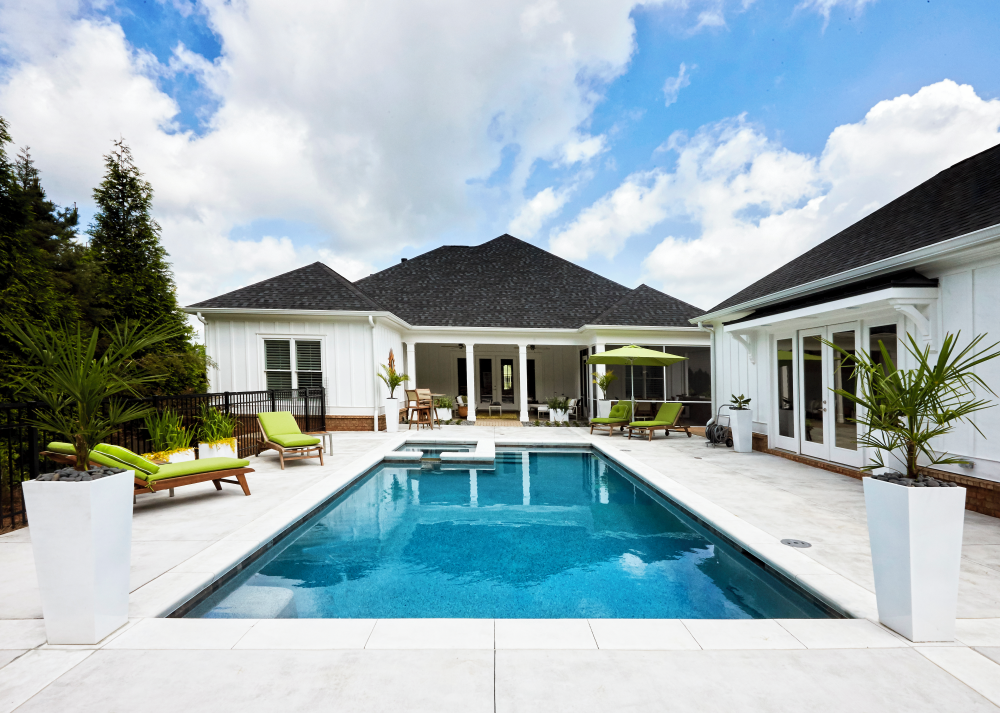If you own a pool or spa, you know that water balance is much more than simply adding chlorine to the water and walking away. Proper sanitization and oxidation are critical for water to be safe for swimmers.
However, the other critical factor is water balance and its importance in maintaining your pool’s equipment and interior.
Water balance is the dynamic interaction of five specific chemical parameters that must be tested on a regular basis to ensure that water in a pool or spa is neither corrosive nor scale-forming. These critical components of water balance are: pH, Total Alkalinity, Calcium Hardness, Temperature and Total Dissolved Solids. Obtaining the readings for these five parameters and then applying them to the Langelier Saturation Index (LSI) will define the water’s overall “nature.”
Under normal operating conditions, the LSI should fall between -0.3 and +0.5. Any value less than -0.3 indicates an increasingly corrosive water condition. Values greater than +0.5 indicate a strong potential for scale formation (on pool surfaces or in pipes).
Added to this is the fact that, despite our best efforts, water will try to balance itself, seeking calcium carbonate (CaCO3) from wherever it can find it – and calcium carbonate is a main ingredient of gunite surfaces and tile grout. Unbalanced water that is on the corrosive side will pull calcium carbonate out of the pool’s gunite and grout.
A good rule to follow is — if there is ever a need to adjust any of these five water balance parameters, always treat Total Alkalinity first as this parameter controls the others. If Total Alkalinity is within appropriate ranges, then look at pH. If pH is good, then look at Calcium Hardness.
Maintaining water balance within industry guidelines ensures your pool and spa are safe, scale-free, and helps equipment run efficiently and economically.
Recommended Balance Parameter Guidelines


